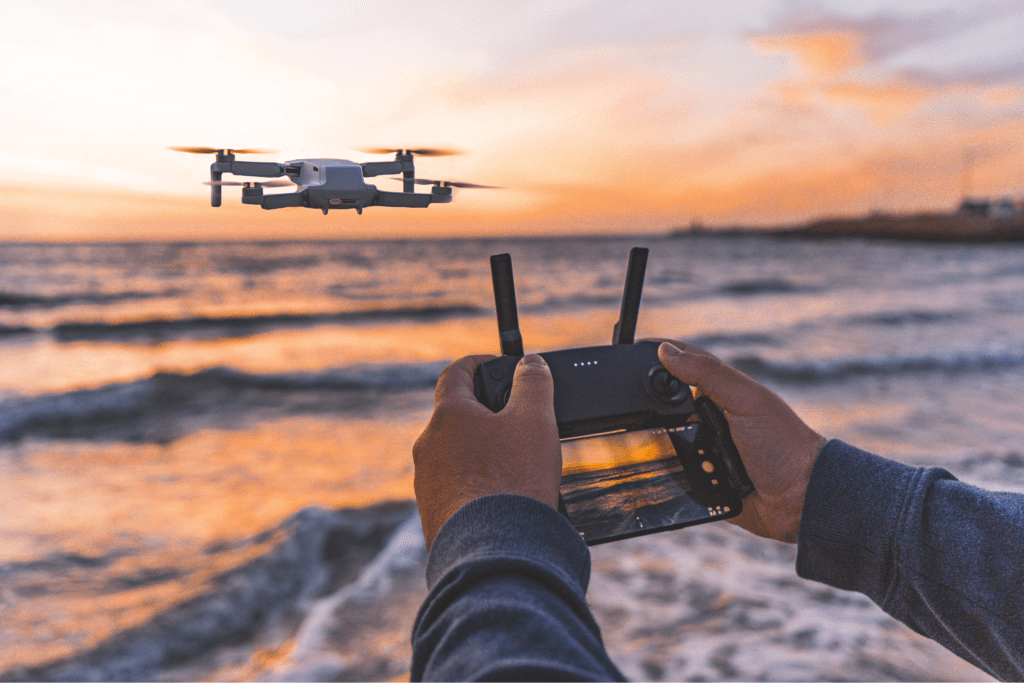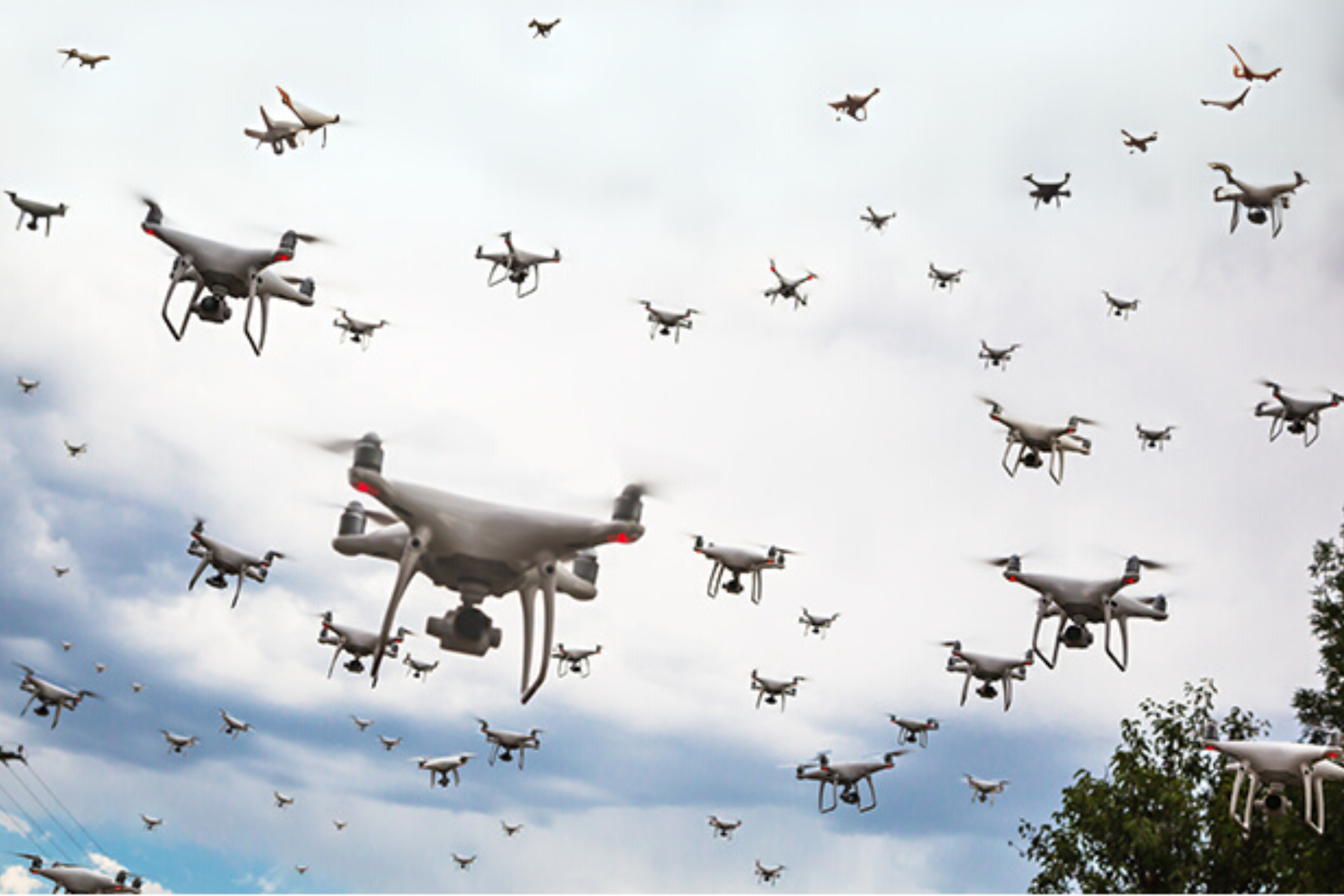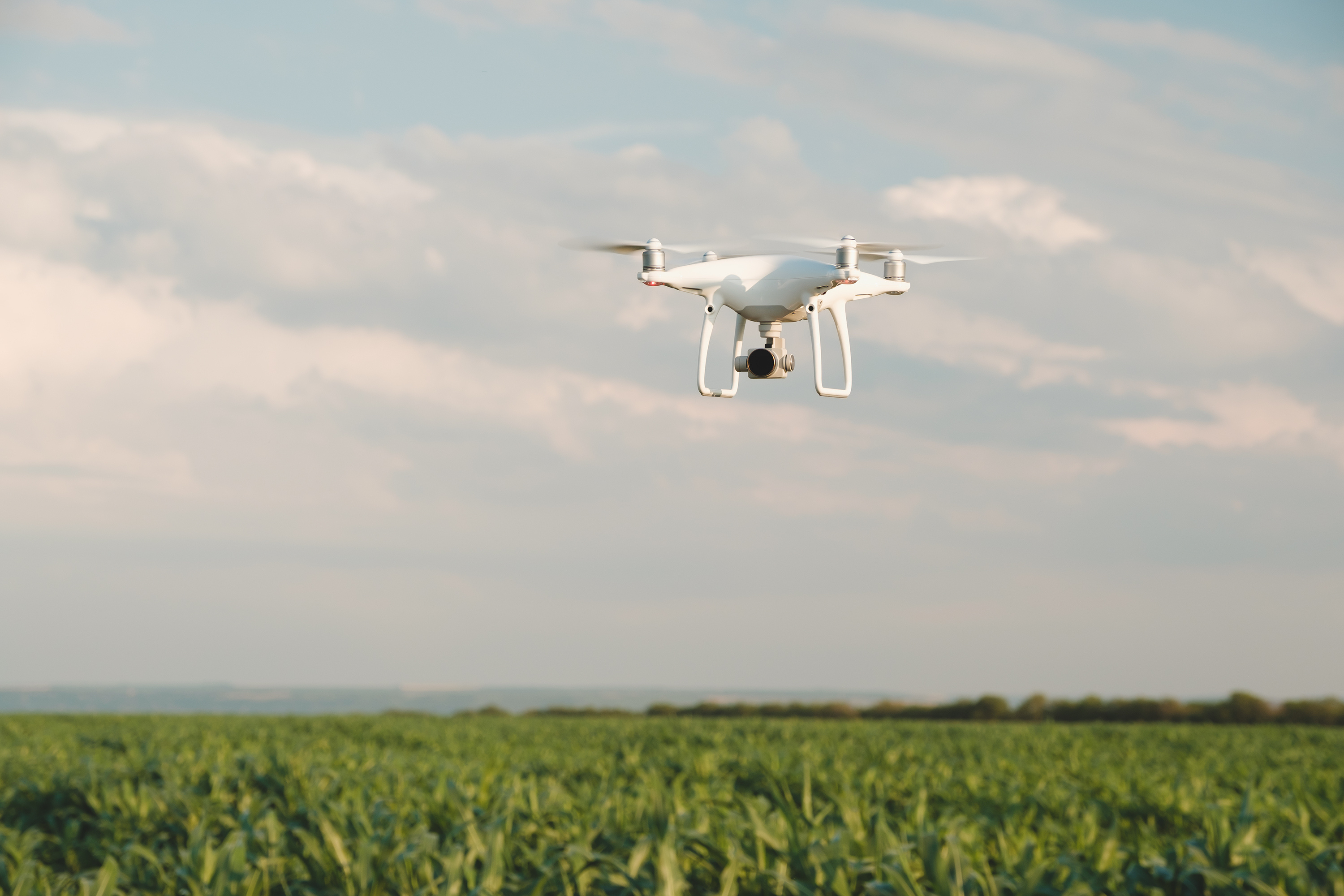The drone technology landscape has changed significantly over the last decade. From toys to being used as the most important tools in an industry, the future holds much for the way people live and work in 2025. The transformative era of drones will be achieved with key breakthroughs in autonomy, artificial intelligence, energy efficiency, communication, and sustainability. Below are the top five emerging technologies shaping the drone industry in 2025.
1. Autonomy and AI Integration
Autonomy and AI lead innovation, and drones will perform complex tasks with fewer humans. In 2025, by using drones, one would be able to:
- Avoid Complex Environments: An AI drone shall process real-time data regarding how to avoid obstacles in navigation and optimize flight routes under dynamic conditions, such as a change in weather or the presence of unexpected barriers in a flight route.
- Improve Decision-Making: Machine learning algorithms will enable drones to process huge amounts of data and make decisions on operations. For instance, agricultural drones with AI will compute crop health, identify water needs, and spray pesticides in the right amount.
- Increase Task-Based Autonomy: Drones will autonomously execute complex tasks, ranging from search-and-rescue operations to infrastructure inspections. The increased autonomy will increase the efficiency of the operations, reduce the workload of humans, and increase productivity.
2. Prolonged Battery Life and Eco-Friendly Power Solutions
One of the primary challenges drones have faced thus is their relatively short flight period, largely because of limitations in the battery. It is during 2025 that significant breakthroughs would be expected in battery and green energy:
- Advanced Batteries: Advances in technology related to batteries will advance to support prolonged periods in the air on the drone without having to constantly charge or replace their batteries.
- Alternative Energy Sources: The use of solar-powered drones and drones that use renewable energy sources will significantly reduce the negative impact on the environment, but their range of operations will increase. These “green drones” will be ideal for wildlife monitoring and ecological conservation applications.
- Efficient Energy Use: Advanced energy management systems will improve reliability in ensuring that drones complete missions efficiently.
3. Better Communication Systems
The use of fast communication networks such as 5G will revolutionize the connectivity of drones. The advanced communication technologies will facilitate.
Real-Time Data Sharing: Drones will enjoy fast and efficient data transfer, enabling fast and smooth real-time video streaming to industries such as surveillance, inspection, and broadcasting.
Remote Control Operations: Drones will be monitored from distant places, thus supporting smooth operations at remote or hazardous work sites without much disruption.
IoT Collaboration: The drones will continue talking to other ‘smart devices’ and engaging in networking activities, such as coordinating delivery services or automating traffic conditions.
4. Swarm Technology
Inspired by the natural behavior of flocks and swarms, drone-swarming technology is increasingly gaining popularity. Advances in this area will enable coordinated operations by multiple drones that cover large areas for applications such as environmental monitoring, disaster response, and agricultural analysis by 2025. Improved algorithms will be developed for better communication protocols and machine learning, allowing drones in a swarm to make collective decisions and adjust strategies in real-time.
- Scalable Applications: Swarms will be deployed to protect key events, conduct rapid on-the-ground checks following disasters, and even orchestrate delivery networks.
5. Regulatory Milestones and Social Acceptance
The Drone Industry develops so rapidly that it will demand sufficient regulation to address challenges from airspace management, privacy, and safety. Some of what can be anticipated by 2025:
- Airspace Management: The government will implement management systems that are designed to handle higher drone traffic, such as the implementation of designated corridors, real-time monitoring, and collision avoidance frameworks.
- Enhanced Privacy and Security Measures: There will be regulations aimed at protecting data collected by drones, ensuring ethical usage and protecting the privacy of individuals.
- Operator Certification: There will be mandatory certification and training for operators to handle advanced drone systems responsibly.
- Insurance and Liability Protocols: Clear liability and insurance requirements will add trust and accountability to the activities of drones.
Practical Applications of Emerging Technologies
Emerging technologies are going to redefine the use of drones in all sectors:
- Delivery Services: Faster, greener, and more reliable package, grocery, and medical supplies delivery will be common in urban and remote regions.
- Agriculture: With AI-powered drones, agriculture will transform by providing actionable insights on soil health, crop conditions, and pest management.
- Emergency Response: In disaster zones, drones will supply aid, locate survivors, and provide damage assessment more efficiently.
- Environmental Monitoring: Drones will monitor wildlife, measure air and water quality, and track deforestation to contribute to the effort to preserve the environment.
- Infrastructure Inspection Drones carrying resolution cameras, sensors will view bridges closely, power lines, as well as oil rigs to give their safety and eventually save more operational costs in the area.
Social impact
The use of drone technology will be quite influential for society in general:
- New Opportunities: Jobs will evolve into maintaining drones, data analysis, and regulatory compliance.
- Better Connectivity: Drones will enable Internet access in many previously unconnected areas and strengthen the communication infrastructure in disaster-affected regions.
- Urban Development: Drone-based detailed mapping and aerial surveys would help in more efficient resource management and smarter urban development.
- Public Acceptance: Awareness campaigns will clear the air regarding drone usage, generating trust and paving the way for widespread adoption.
This will be the transformative era of drones. It will unlock new possibilities with autonomous flight, AI, green energy, advanced communication, and swarm technology. As regulatory frameworks and public acceptance evolve, drones will find a place in our lives and make them more efficient, connected, and sustainable. With this in mind, 2025 is a landmark year for drone technology and its future.






